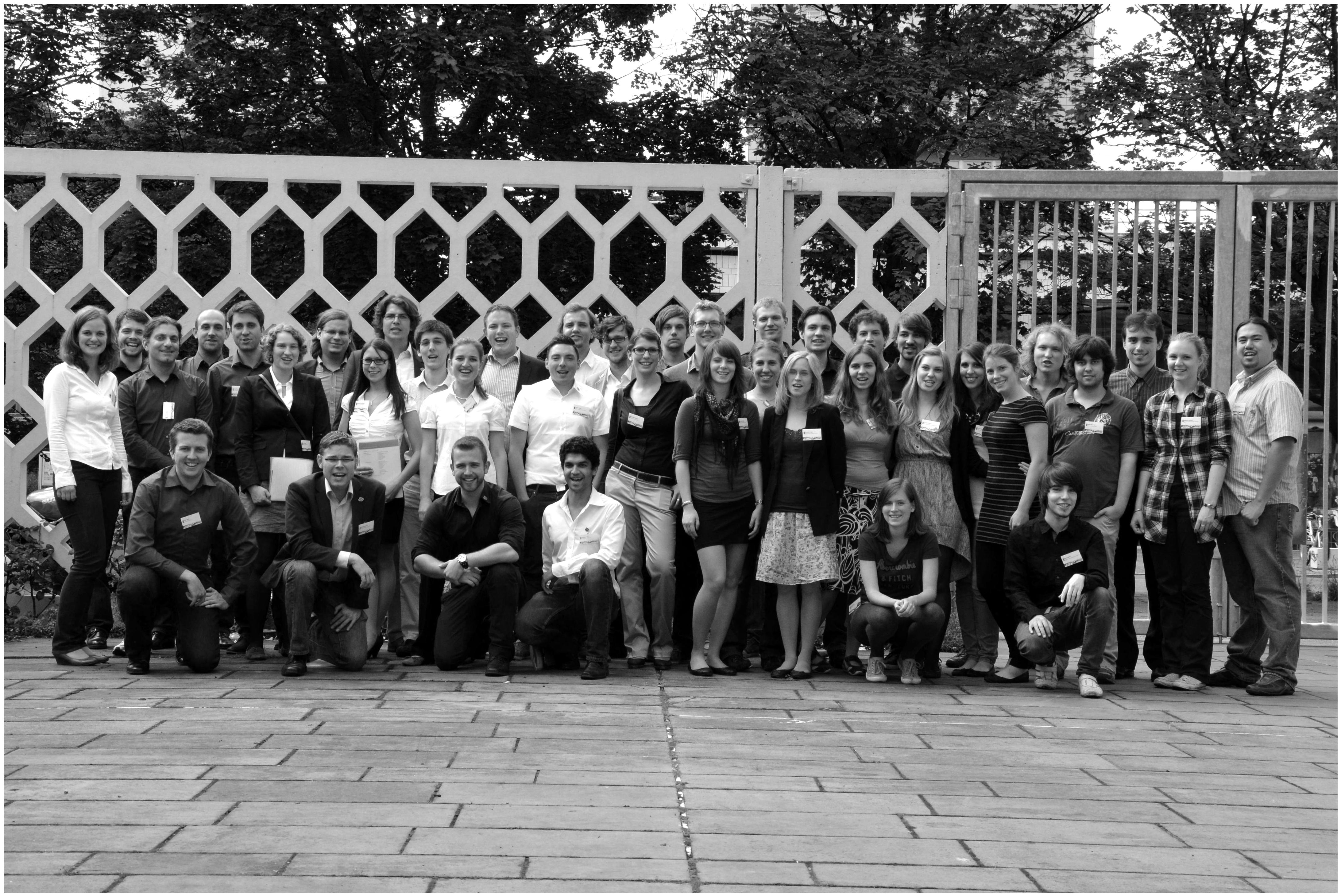Team:Freiburg/Project/Coop
From 2012.igem.org
Pablinitus (Talk | contribs) (→Cooperations) |
|||
| (16 intermediate revisions not shown) | |||
| Line 1: | Line 1: | ||
{{Template:Team:Freiburg}} | {{Template:Team:Freiburg}} | ||
__NOTOC__ | __NOTOC__ | ||
| - | = | + | = Collaborations = |
---- | ---- | ||
| + | <br>[[File:attributionssymbolT.png|center|180px|link=]] | ||
<br> | <br> | ||
| - | During the course of our iGEM project and especally after [[Team:Freiburg/HumanPractices/Outreach#Poster|meeting]] other iGEM teams in berlin, the news about our toolkit spread through Europe and we got in contact with some other teams that were interested in using TAL effectors in their projects. | + | <div align="justify">During the course of our iGEM project and especally after [[Team:Freiburg/HumanPractices/Outreach#Poster|meeting]] other iGEM teams in berlin, the news about our toolkit spread through Europe and we got in contact with some other teams that were interested in using TAL effectors in their projects. |
<br><br> | <br><br> | ||
| + | [[File:teamsgerm_SW.jpg|center|400px|link=]] | ||
| + | |||
| + | |||
| + | |||
| + | <b>Collaboration with Team Potsdam Bioware:</b> | ||
| + | Team Potsdam is working on a CHO cell-based project for generating antibodies. Hypermutation should be accomplished by cotransfection of the activation-induced cytidine deaminase (AID). Since it is obviously preferable that the activity of the AID is focussed on the antibody gene, we decided to put our expertise in our two distinct research fields together and produce a TAL-AID fusion protein that binds to the antibody gene-containing plasmid. Using the Plug-and-Play Effector Cassette (PPEC) in our eukaryotic TAL expression vector, it was quite easy to fuse the AID gene to our TAL scaffold. The next step, namely targeting the TAL-AID construct to the antibody plasmid, was a child's play with our GATE kit. So we produced a TAL-AID that specifically binds to the sequence T G C G G T C T A T T A C T and currently test it in collaboration with the Potsdam Bioware Team. We hope that we will be able to show you the new data in Boston. | ||
| + | |||
| + | |||
| + | <b>Collaboration with Team Fatih Medical:</b> | ||
| + | |||
| + | We are in contact with Team Fatih Medical since May and discussed exciting new applications of TAL effectors. Moreover, we have filled out their survey on synthetic biology, which is part of their human practices project. | ||
| + | |||
| + | |||
| + | <br><br> | ||
| + | |||
| + | <br><br> | ||
| + | [[#top|Back to top]] | ||
Latest revision as of 21:34, 26 October 2012
Collaborations


Collaboration with Team Potsdam Bioware: Team Potsdam is working on a CHO cell-based project for generating antibodies. Hypermutation should be accomplished by cotransfection of the activation-induced cytidine deaminase (AID). Since it is obviously preferable that the activity of the AID is focussed on the antibody gene, we decided to put our expertise in our two distinct research fields together and produce a TAL-AID fusion protein that binds to the antibody gene-containing plasmid. Using the Plug-and-Play Effector Cassette (PPEC) in our eukaryotic TAL expression vector, it was quite easy to fuse the AID gene to our TAL scaffold. The next step, namely targeting the TAL-AID construct to the antibody plasmid, was a child's play with our GATE kit. So we produced a TAL-AID that specifically binds to the sequence T G C G G T C T A T T A C T and currently test it in collaboration with the Potsdam Bioware Team. We hope that we will be able to show you the new data in Boston.
Collaboration with Team Fatih Medical:
We are in contact with Team Fatih Medical since May and discussed exciting new applications of TAL effectors. Moreover, we have filled out their survey on synthetic biology, which is part of their human practices project.
 "
"
